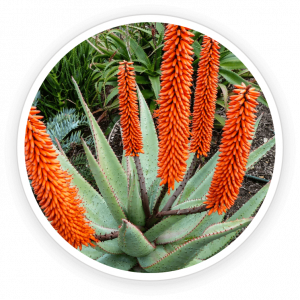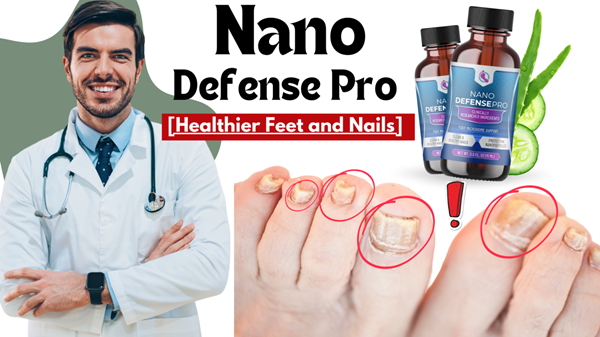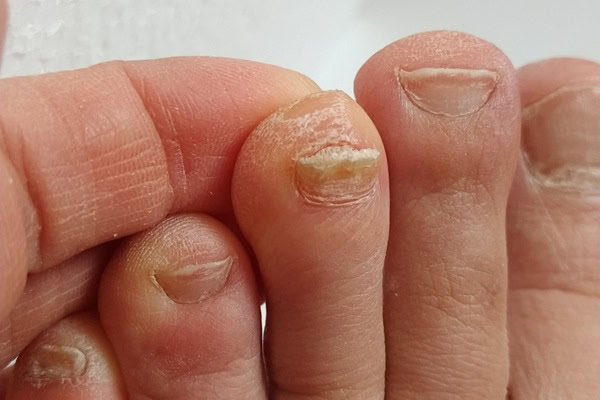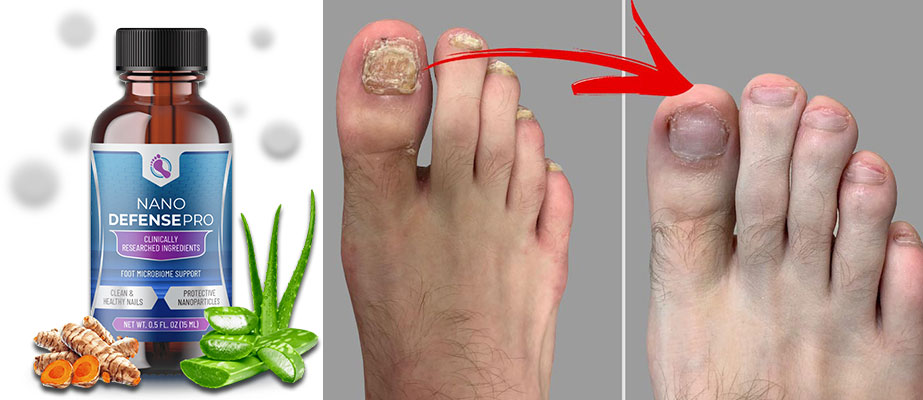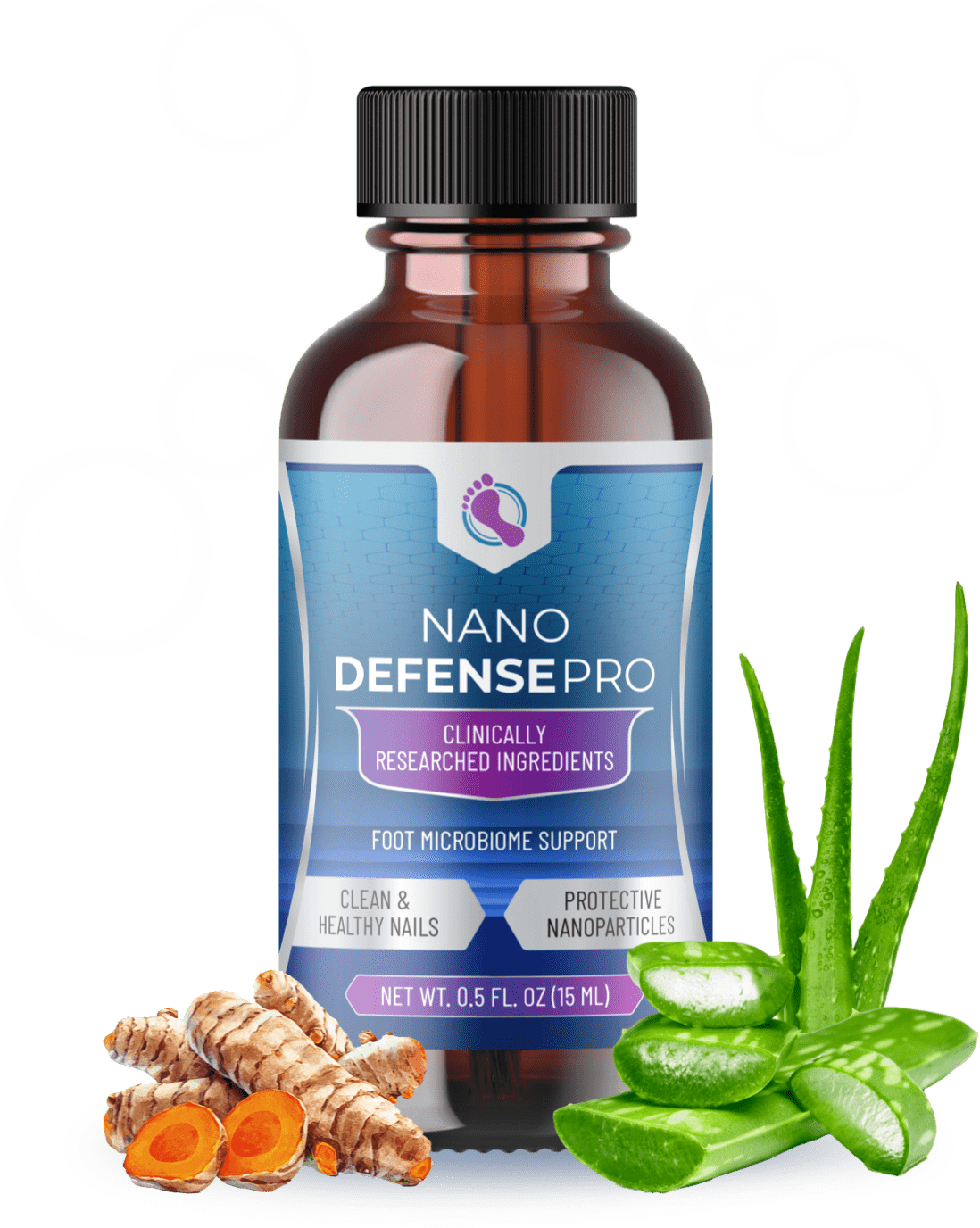Fingernail and toenail fungus causes nails to become deformed, peel off, and can even cause inflammation and nail pus… Nail fungus not only causes loss of aesthetics, pain, and itching but also greatly affects life and work. Daily work.
Not only that, nail fungus is a disease that develops very quickly and can spread between nails. Therefore, as soon as you detect symptoms of nail fungus, you need to treat it early to prevent the fungus from growing to other nails.
I. What is nail and toe fungus?
Onychomycosis is a very common nail disease caused by several types of fungi, mainly Dermatophytes and candida yeast particles. The initial symptom is the appearance of white or yellow spots on the nails, which then gradually disappear. Going deeper causes the nails to change color, deform and peel.
Nail fungus in the early stages does not affect the patient, but as the fungus develops, it will deform and peel, greatly affecting the patient’s daily life.
II. Symptoms of fingernail and toenail fungus
To recognize nail fungus, patients can observe some of the following symptoms on the nails:
- Stage 1: White or yellow spots appear on the nail surface, then penetrate deep into the nail.
- Next stage: The nail surface is deformed, rough, has smooth scales, and has vertical or horizontal ridges. Thin, yellow or brown.
Nails are easily broken and damaged, and more serious symptoms can include nail inflammation and fungi that eat into the skin.
Initially, nail fungus only appears in 1-2 nails, then gradually spreads to the remaining nails.
Symptoms of nail fungus caused by Dermatophytes filamentous fungi: Typical symptoms are that the nail is damaged from the edge inward, with no signs of infection.
Symptoms of onychomycosis caused by candida fungal particles: Symptoms of onychomycosis spreading from the base of the nail and accompanied by infection.
III. What products should I use for fingernail and toenail fungus?
According to the Ministry of Health’s treatment guidelines, nail fungus is usually treated with oral or topical medications. So you can use 👉 NanoDefense Pro nail fungus treatment cream and skin care support.
Inside every drop of “NanoDefense Pro” you’ll find:
A perfectly dosed proprietary blend of selected nano- ingredients, carefully
mixed to complement one another into a powerful formula and contribute to
the health of your nails and skin.

Nano-Silver

Nano-Curcumin

Nano-Quercetin

Luteolin
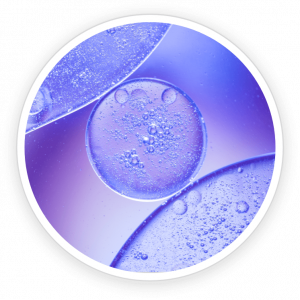
Deoxyribonuclease
